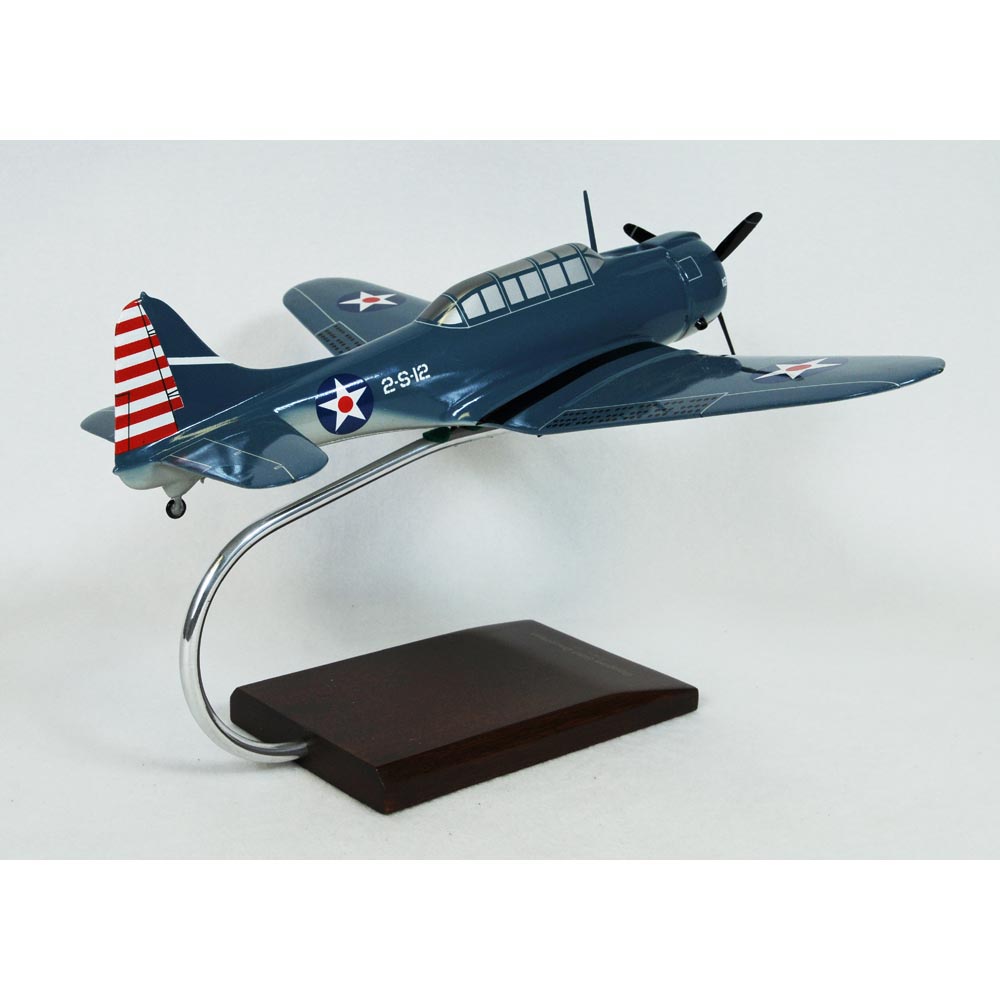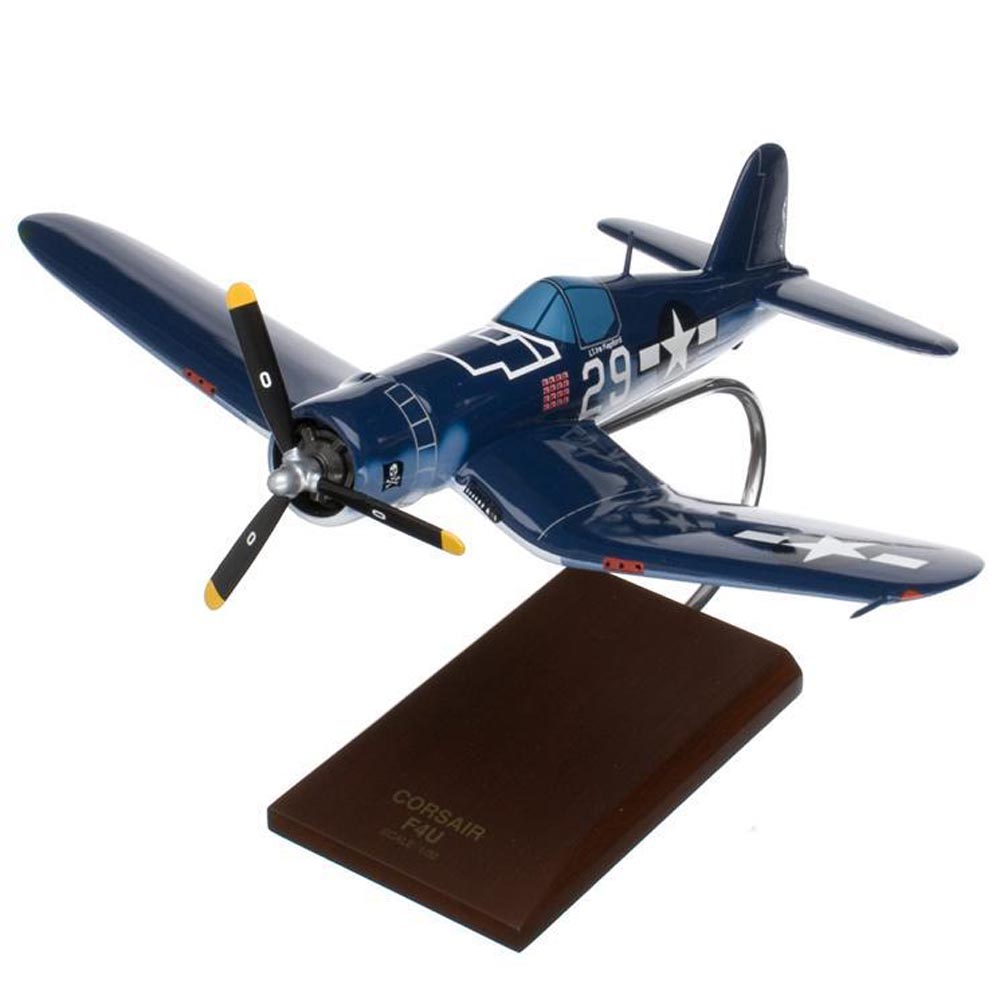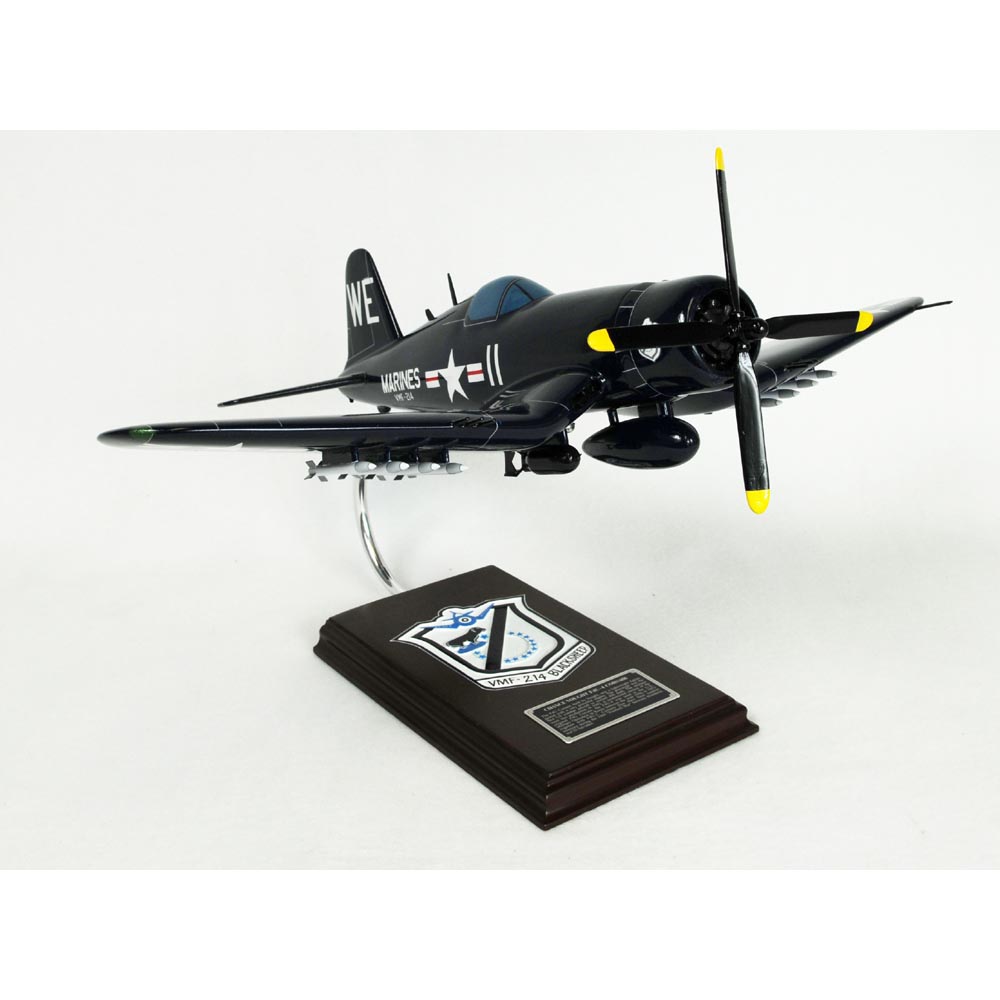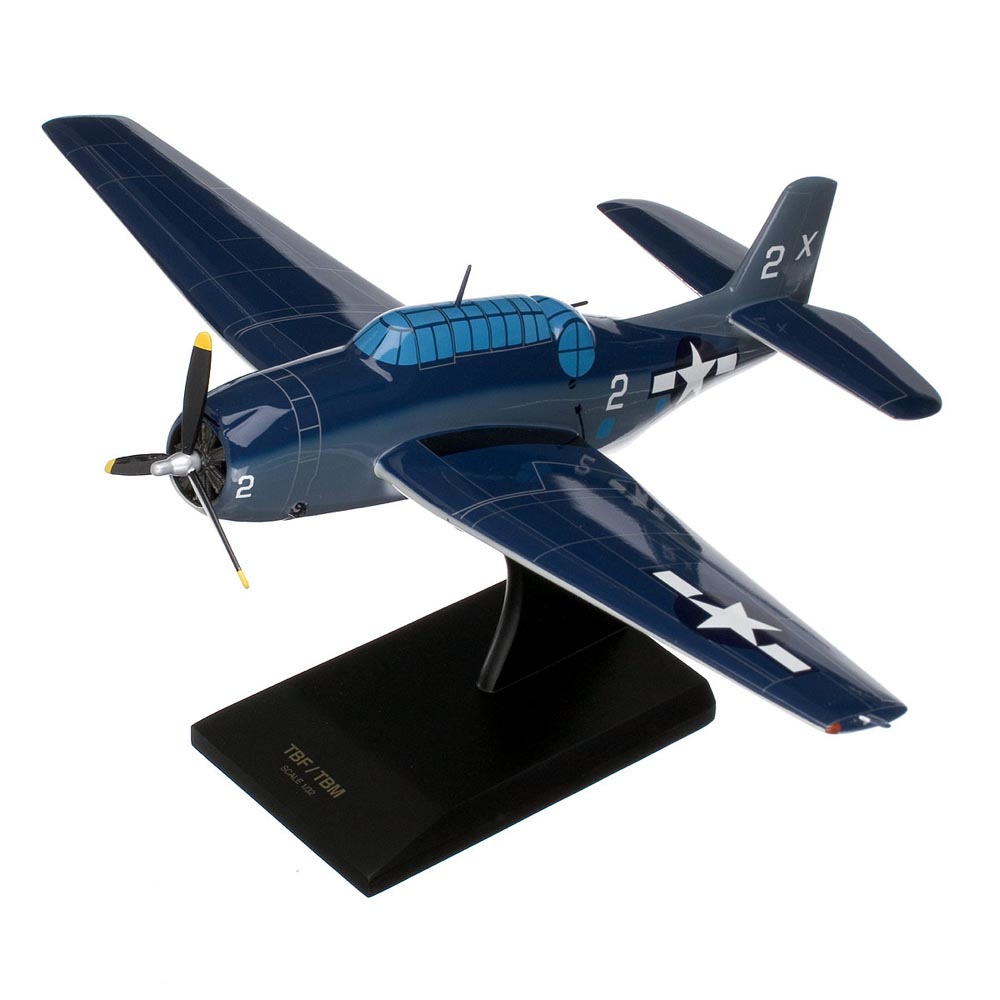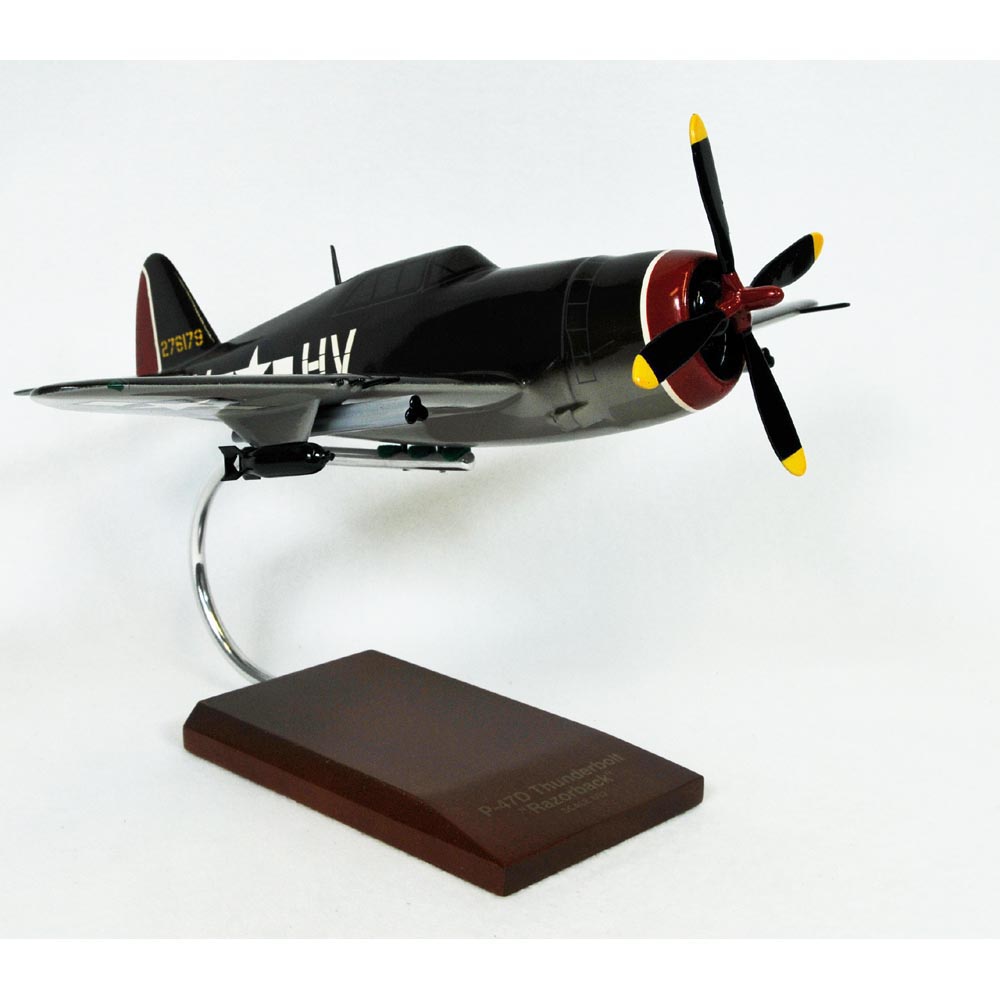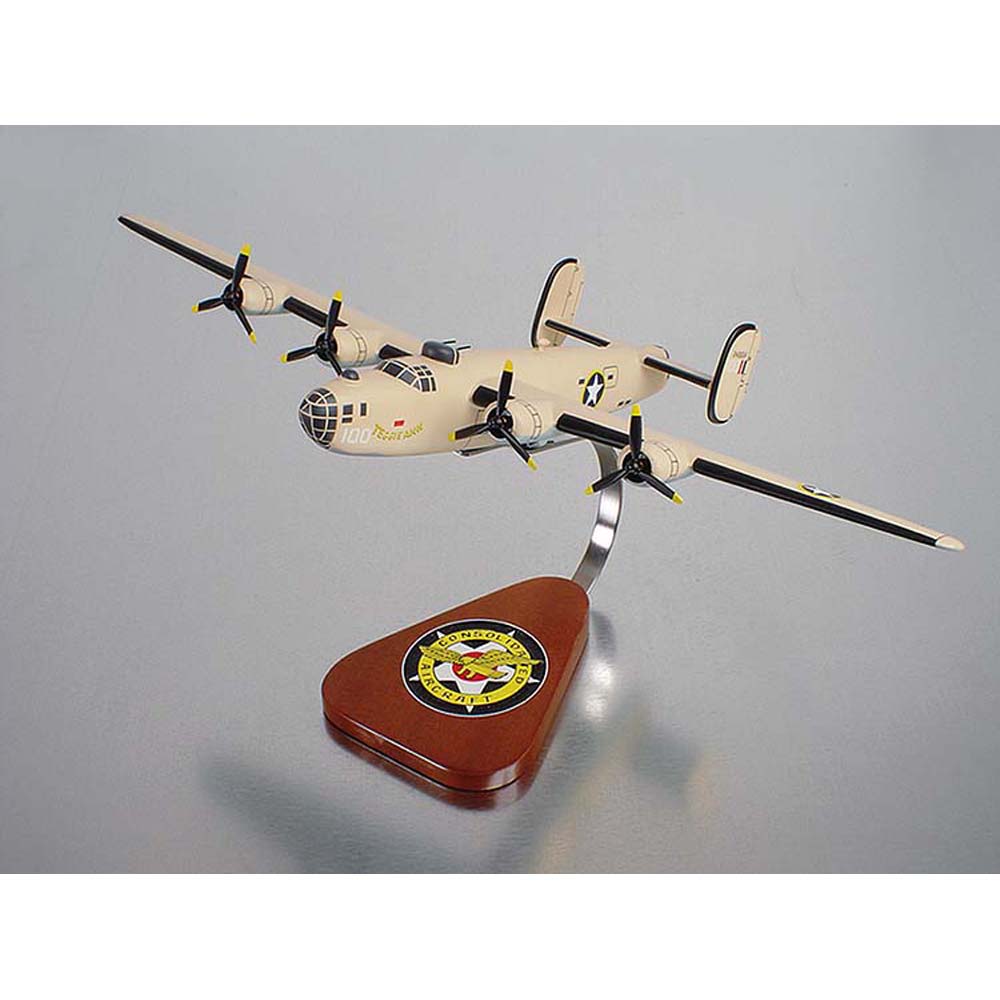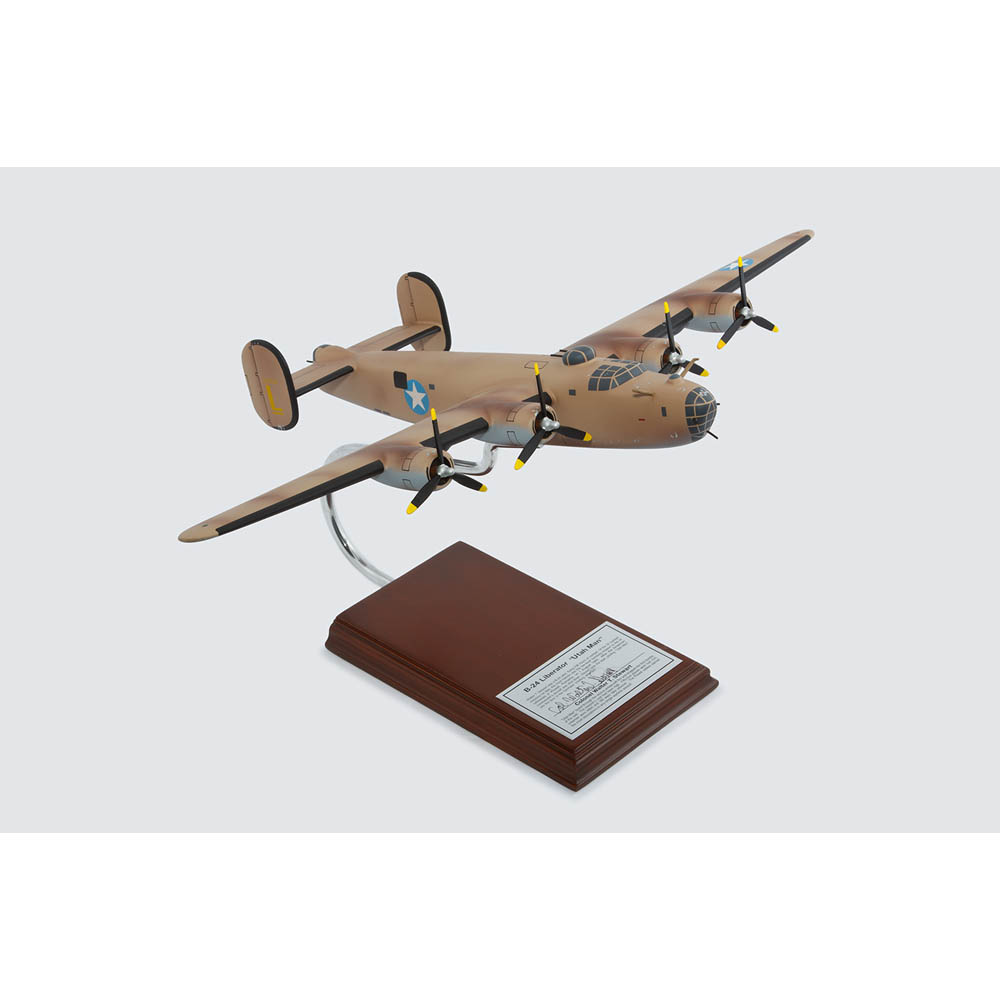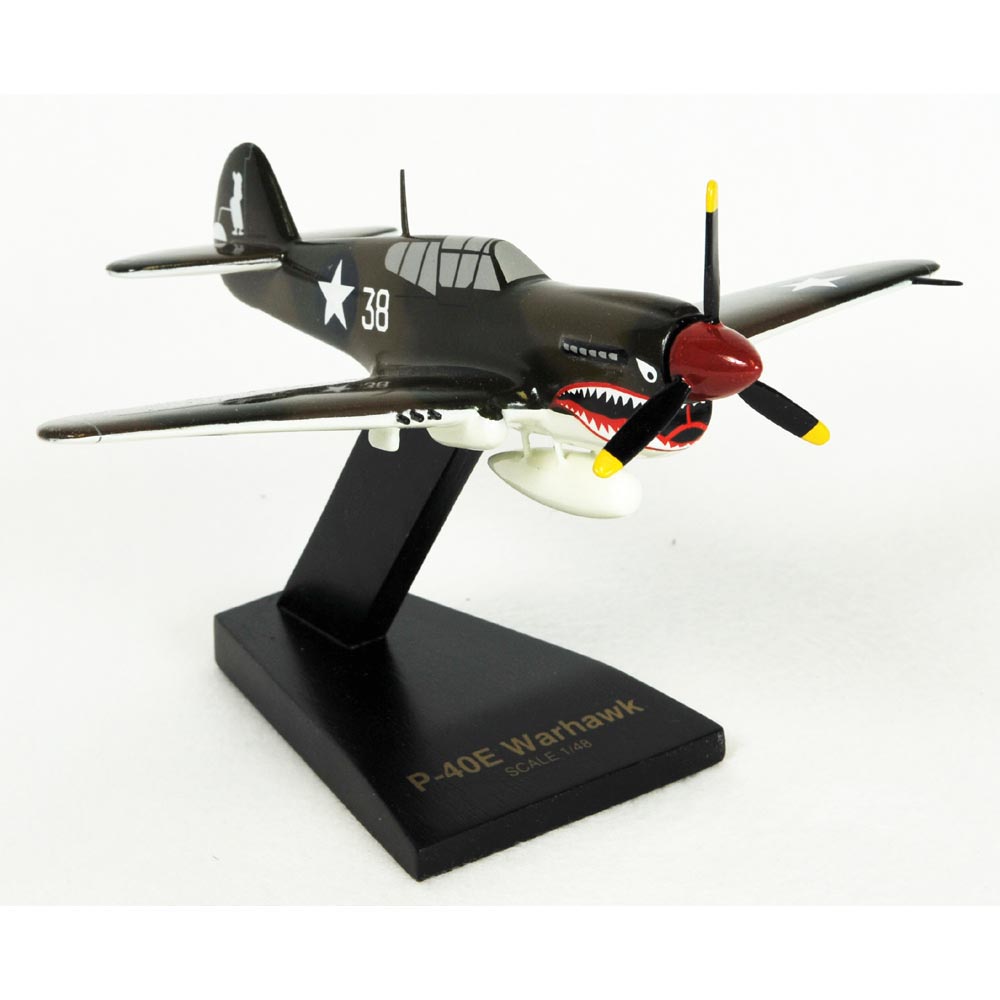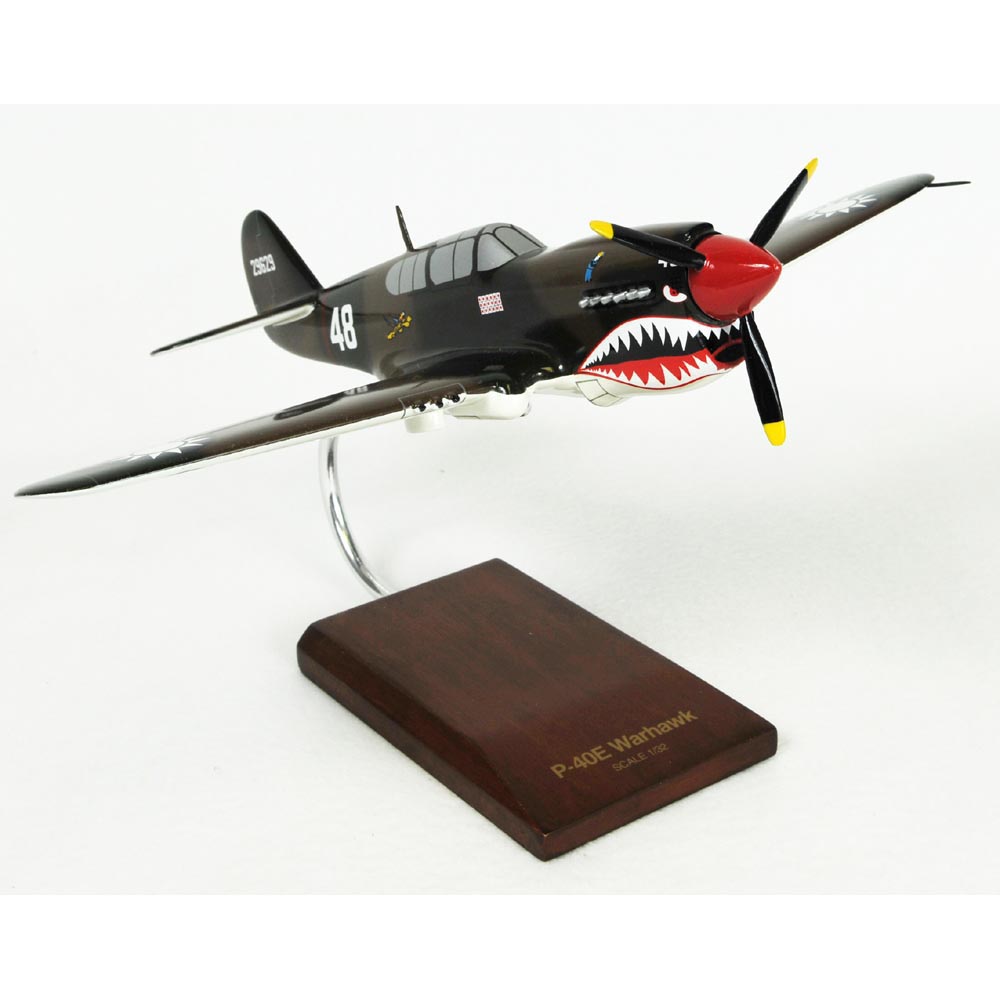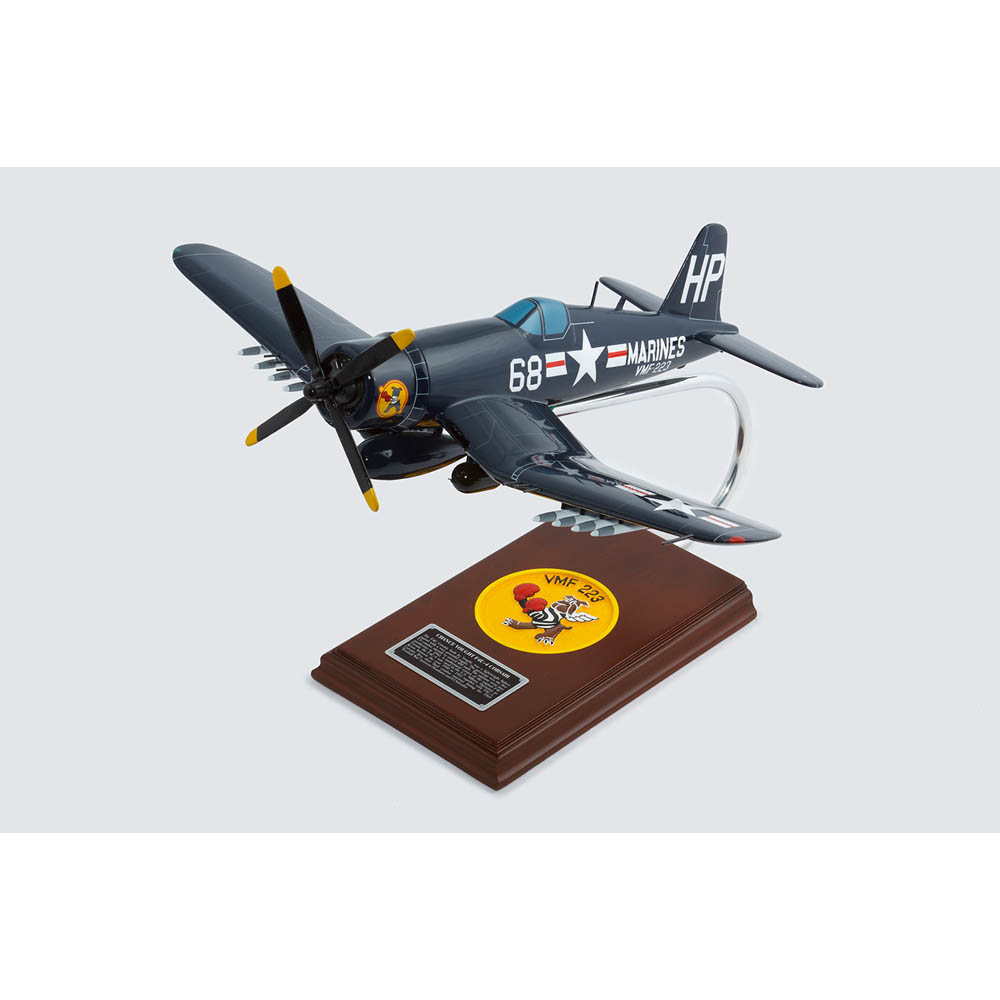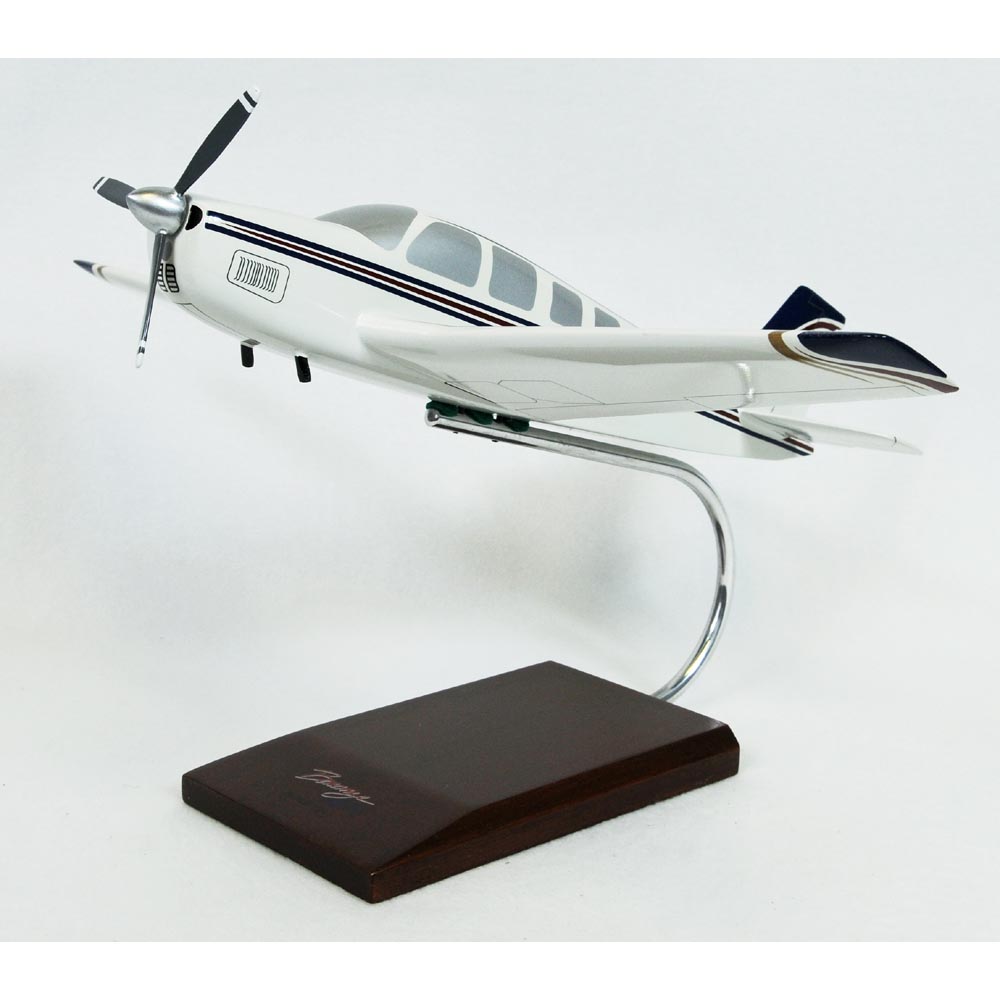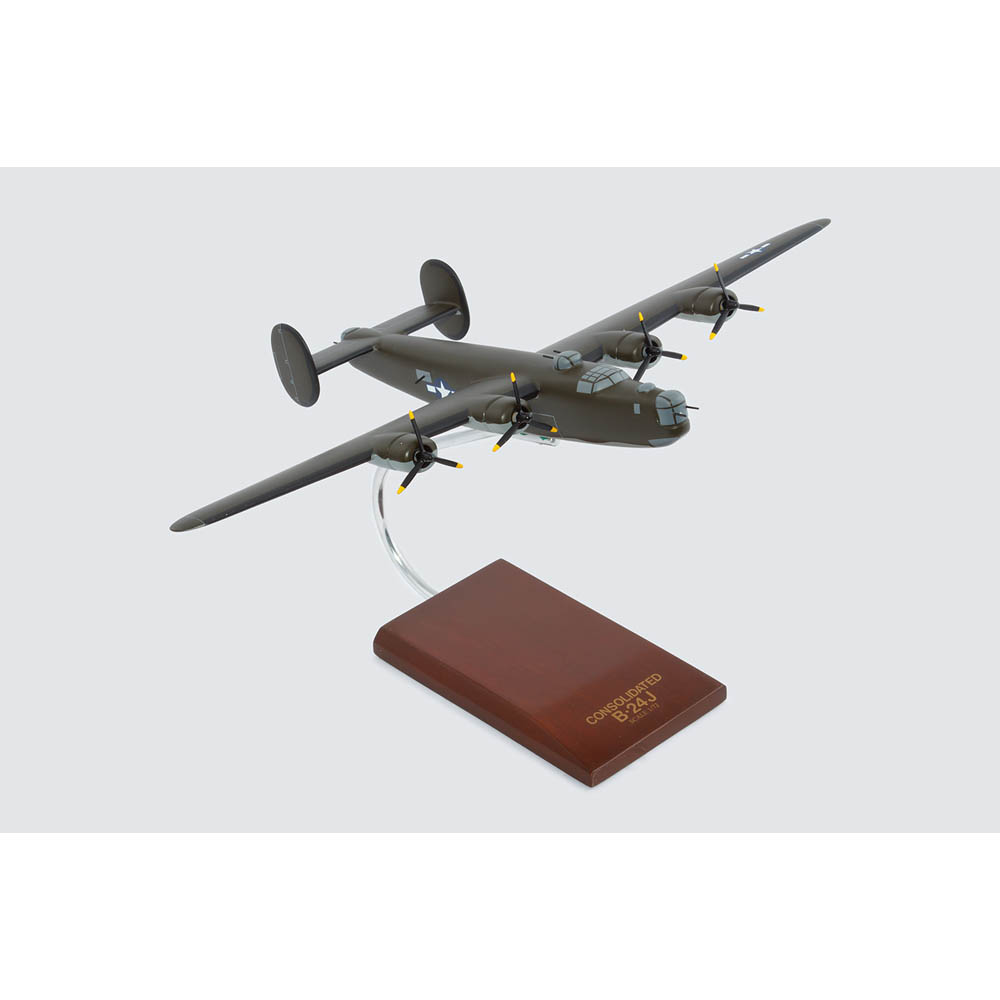F6f-3 Hellcat Model
Артикул: 13-10530
56156 46797 руб.
Наличие: – Есть в наличии у нашего поставщика. Доставка на наш склад в течение 5...6 недель после оплаты Вами заказа.
Overview
| The Grumman F6F Hellcat was a fighter aircraft descended from the earlier F4F Wildcat, but was a completely new design sharing only a familial resemblance to the Wildcat. Some tagged it as ""Wildcats big brother"". The name Hellcat was eventually retained in early 1943 for the sake of simplicity. The Hellcat proved to be the most successful aircraft in naval history, destroying 5,171 aircraft in service with the U.S. Navy and U.S. Marine Corps, plus 52 with the Royal Navys Fleet Air Arm during World War II. The first production aircraft off the line, designated F6F3s, flew on October 3, 1942 with the type reaching operational readiness with VF-9 on USS Essex i February 1943. Two night fighter subvariants of the F6F-3 were also developed. The F6F-3E, converted from standard -3 frames, featured the AN/APS-4 radar in a fairing in the starboard wing. The later F6F-3N, first seen in July 1943, was fitted with the AN/APS-6 radar in a similar fairing. Hellcat night fighters had their first action in November 1943. The first real test of the F6F-3 against the Zero came a few months later in December when a groupof about a hundred Hellcats ripped into a like number of Japanese planes of which half were Zeros. In the ensuing battle, 28 of the Zeros were splashed for a total loss to the Hellcats of 3 planes. Many U.S. Navy pilots had good cause to refer to the Hellcat as the ""Aluminum Tank"". With its six.50 caliber Browning M2 machine guns, it could spit out a veritable hail of destruction which no Japanese adversary could hope to survive. After the war, Japanese pilots related their fear and dread each time they were engaged by the Hellcat. The Hellcat aircraft was rapidly phased out of front line service, retiring in 1954 as a night-fighter in composite squadrons. |




